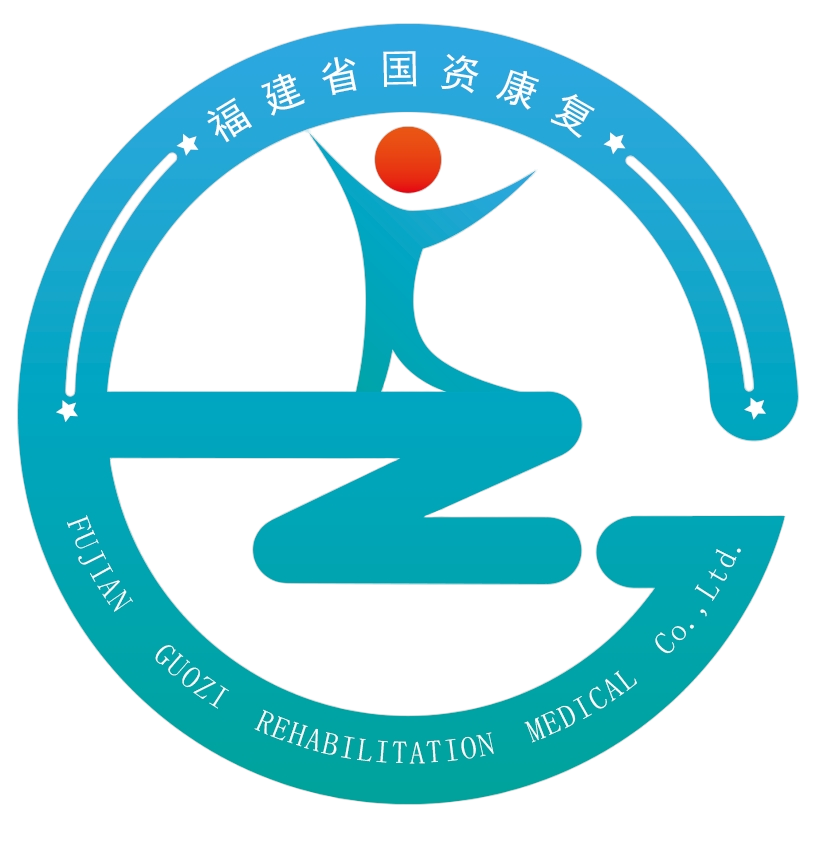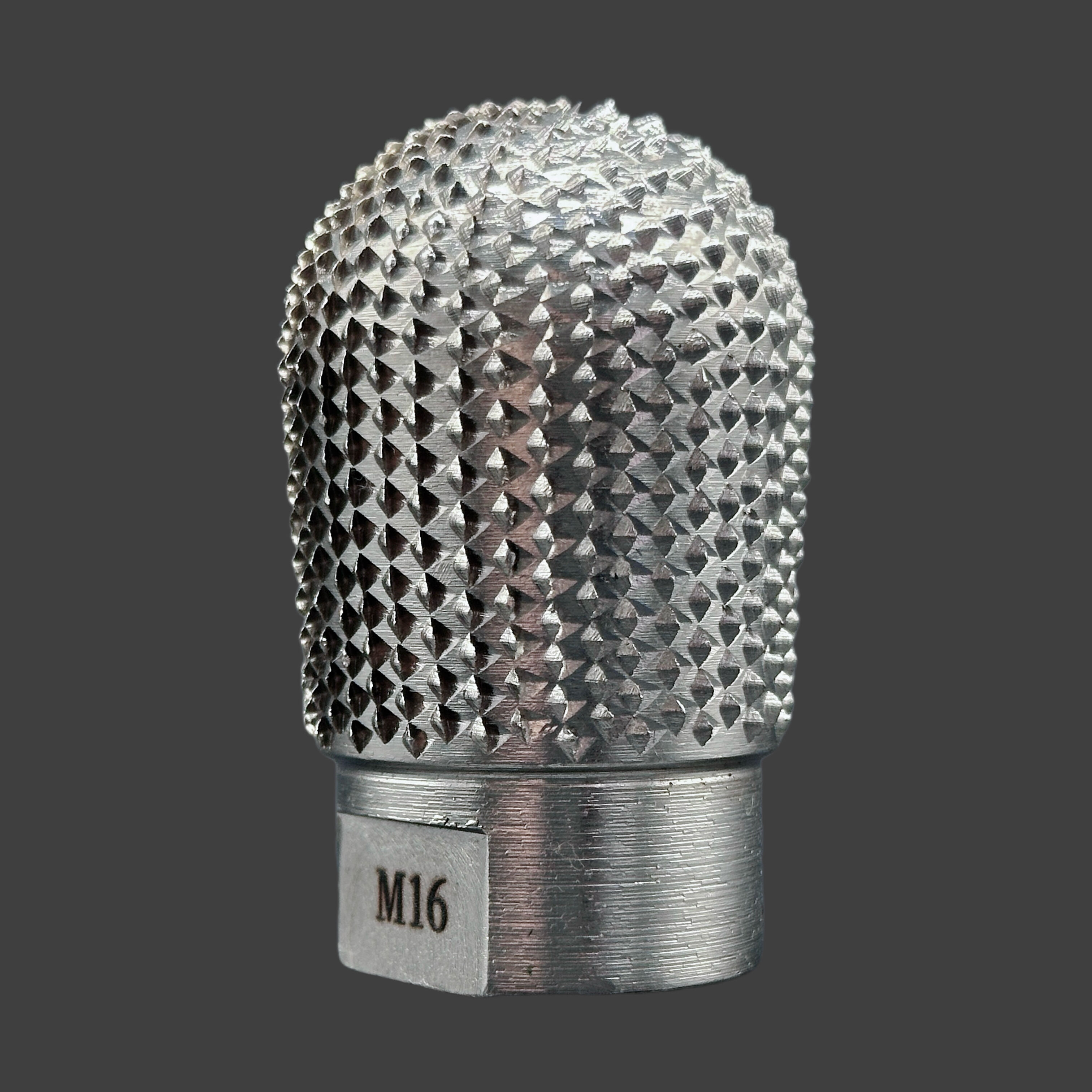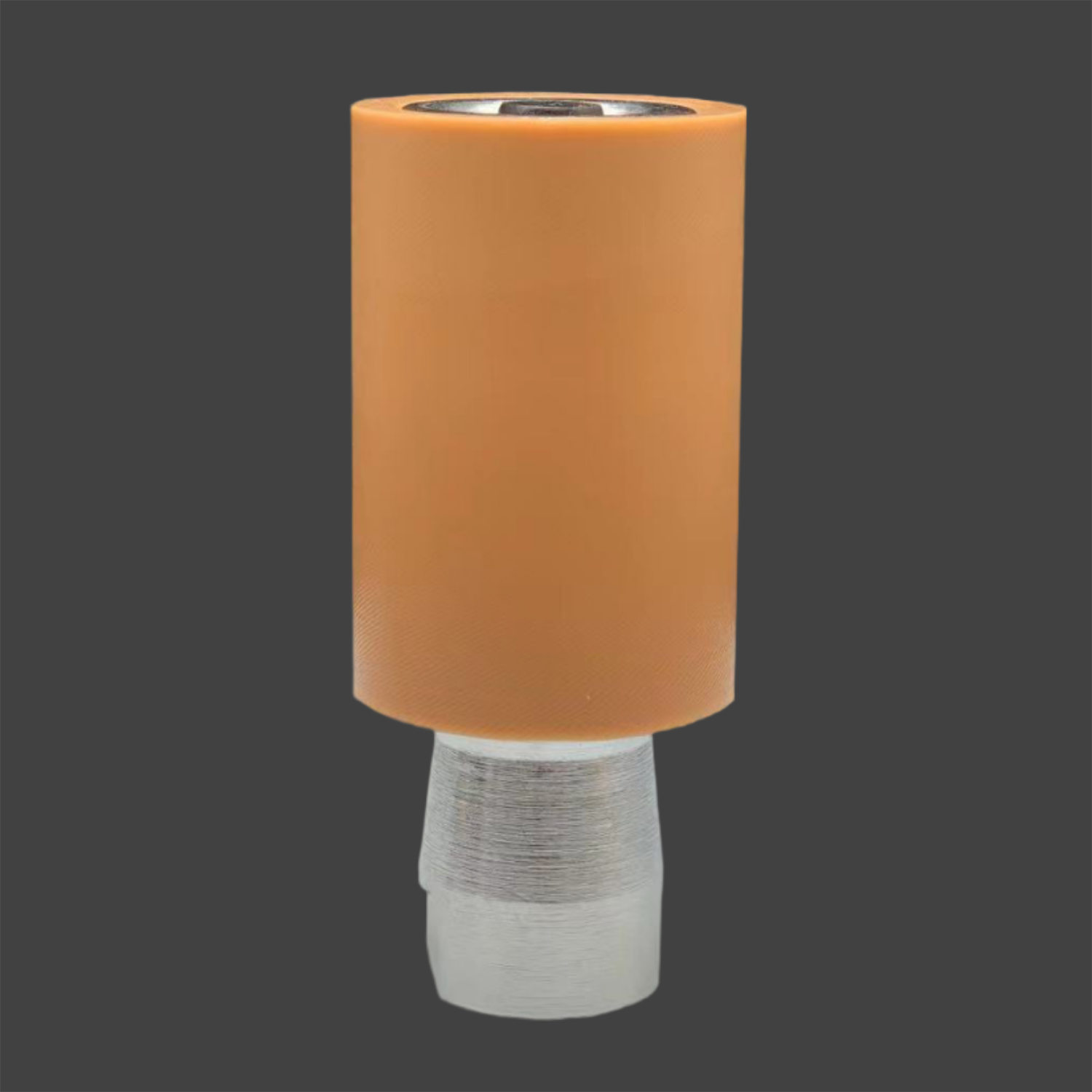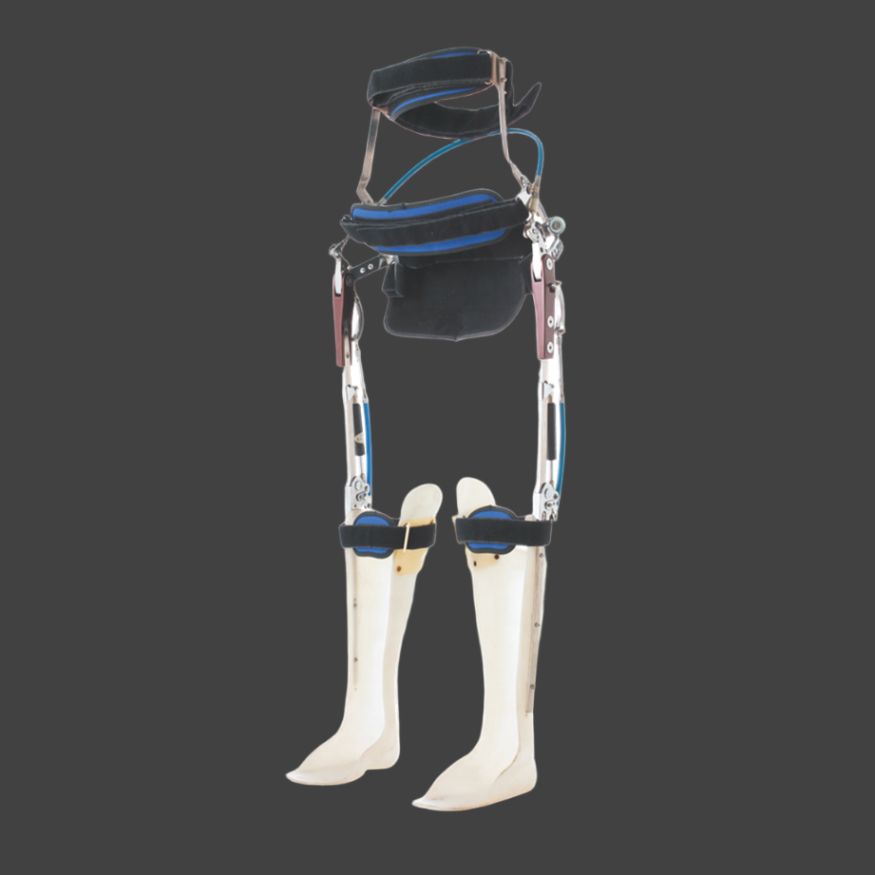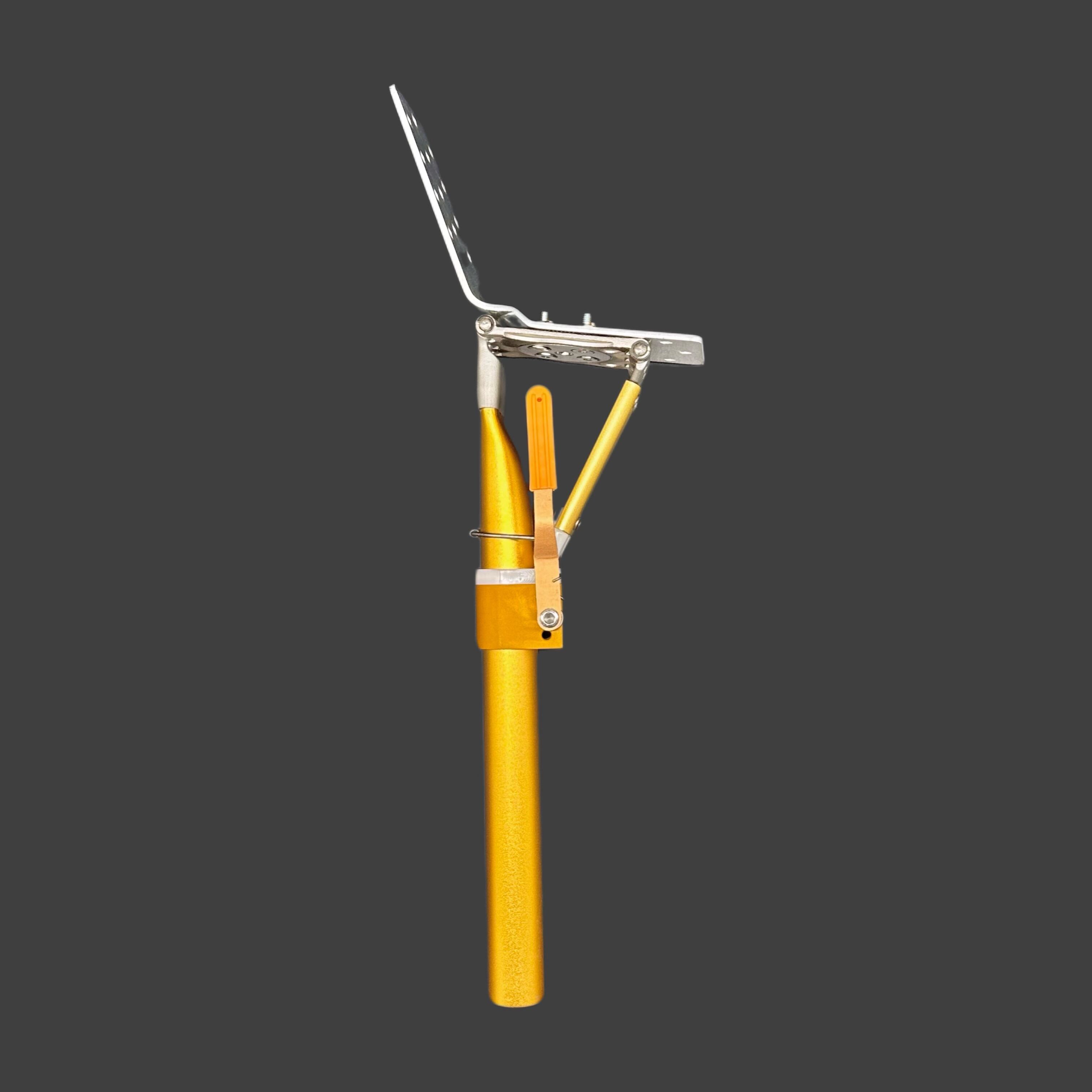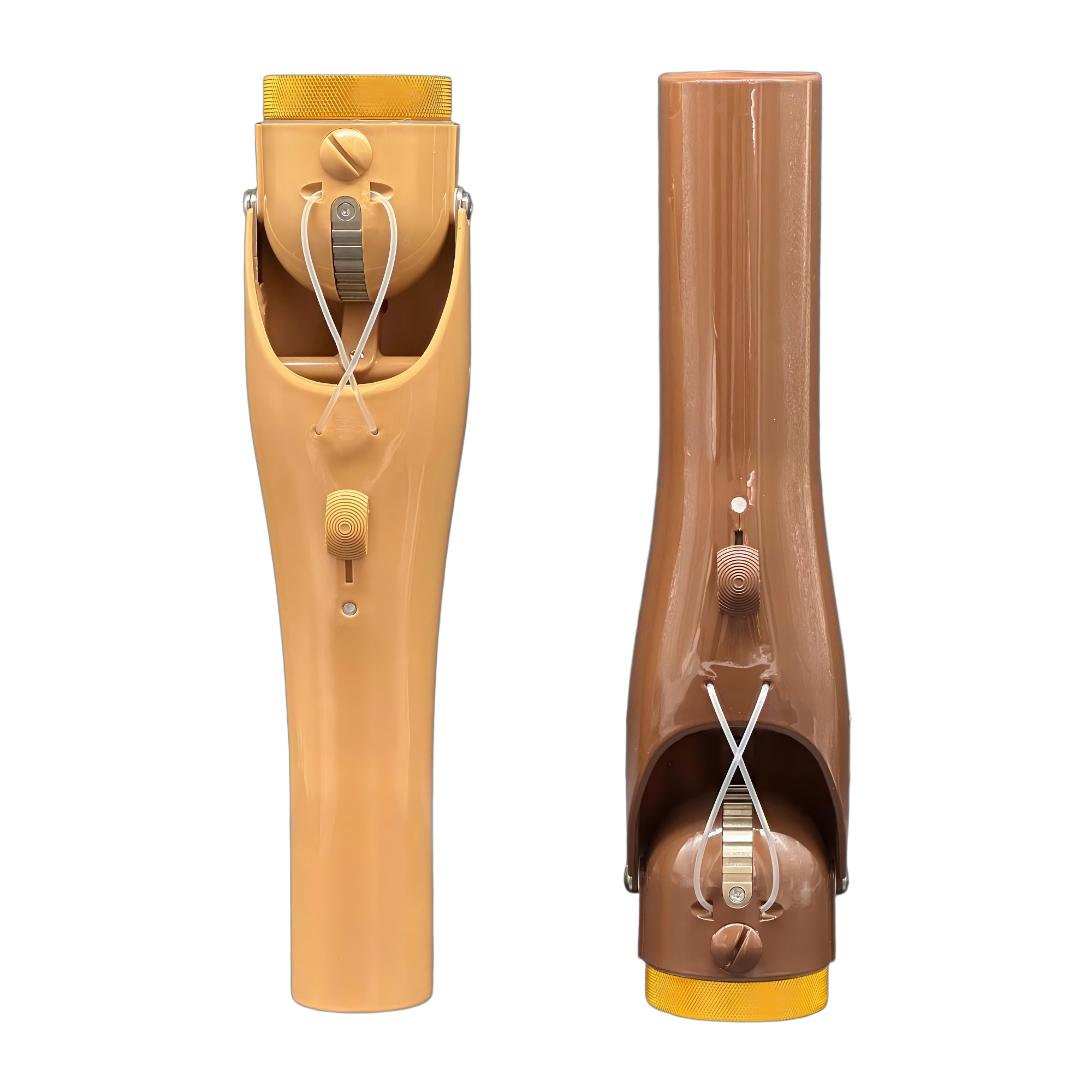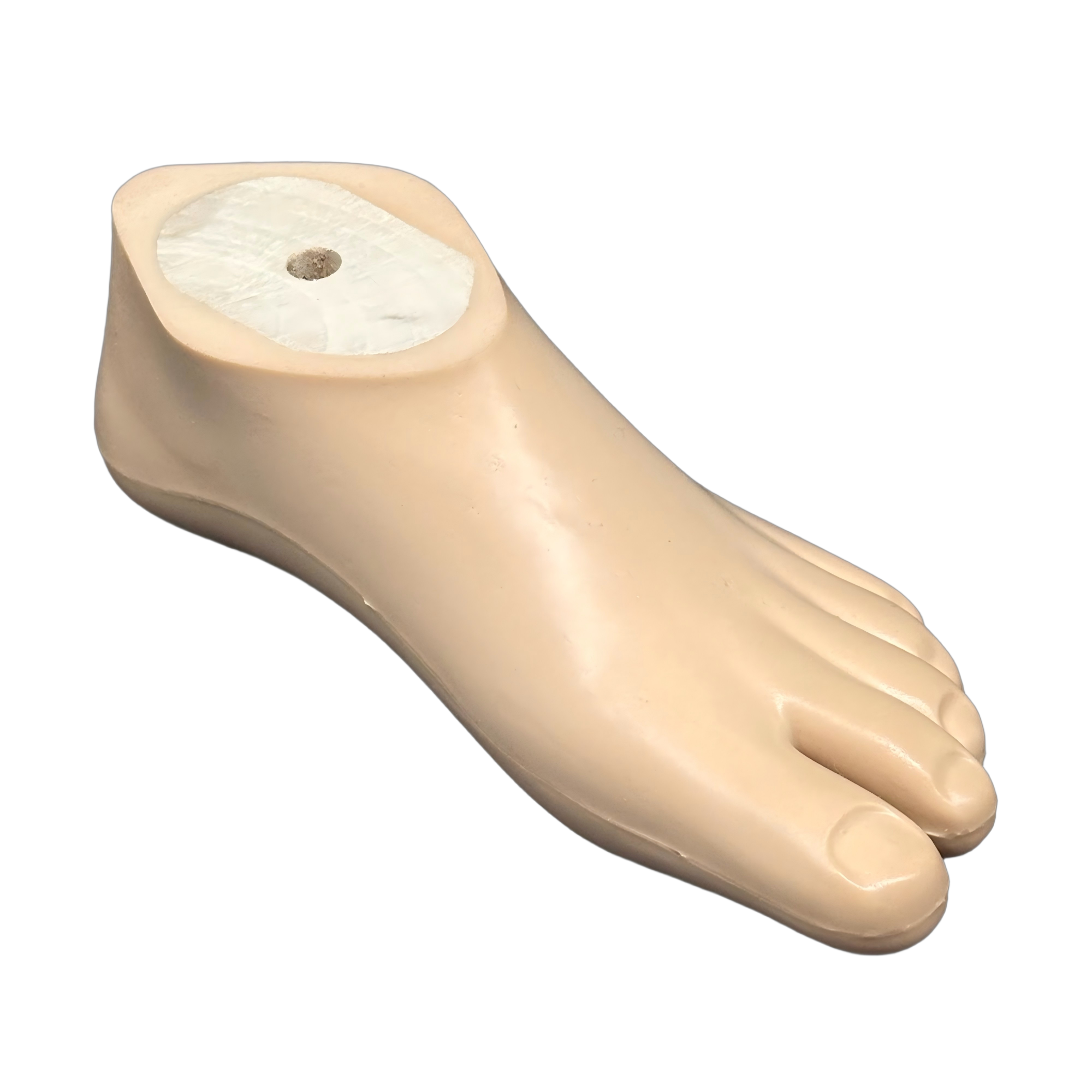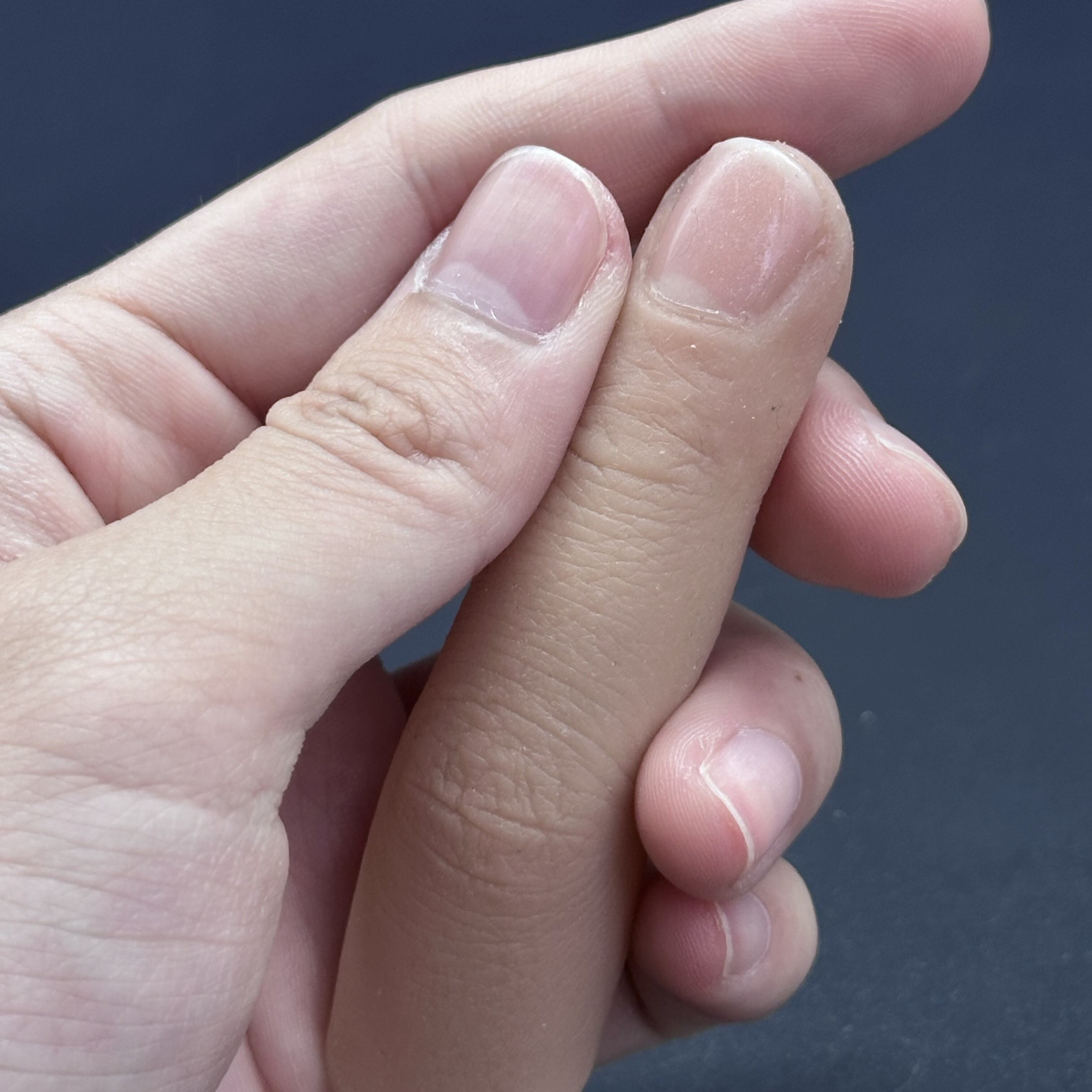Advanced Neural Interface Technology
The neural interface system represents the cornerstone of modern bionic limb technology, establishing a seamless connection between the user's nervous system and the prosthetic device. This sophisticated system utilizes arrays of microscopic sensors that detect and interpret the subtle electrical signals generated by residual muscles and nerves. The advanced signal processing algorithms filter out noise and identify specific movement intentions with remarkable accuracy. This technology enables users to control the bionic limb through natural thought processes, just as they would move a biological limb. The system's adaptive learning capabilities continuously refine the interpretation of neural signals, leading to increasingly precise and intuitive control over time. The interface also provides crucial sensory feedback, allowing users to experience tactile sensations and pressure awareness, which is essential for precise object manipulation and natural movement patterns.


